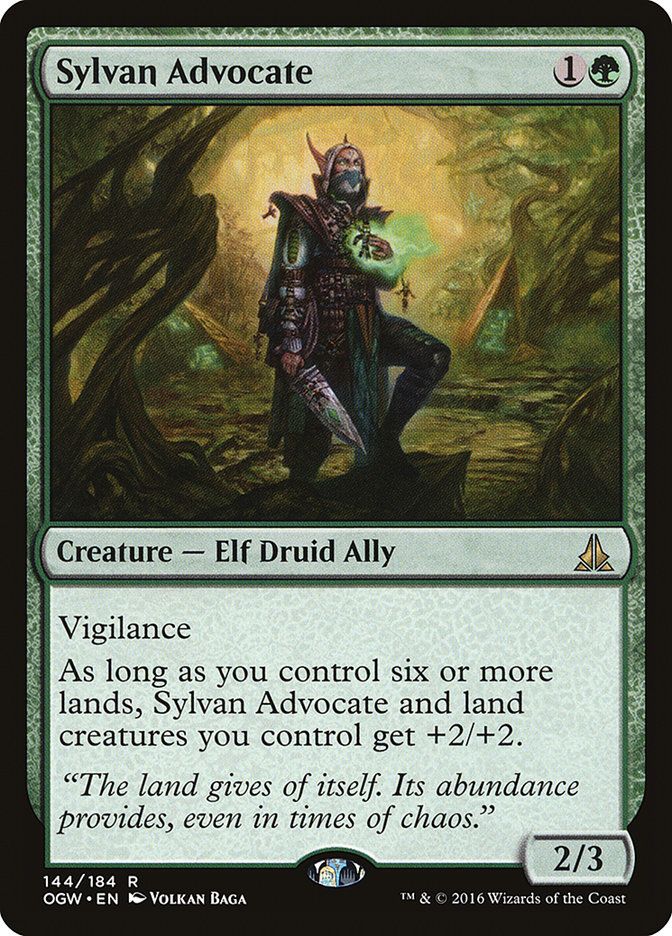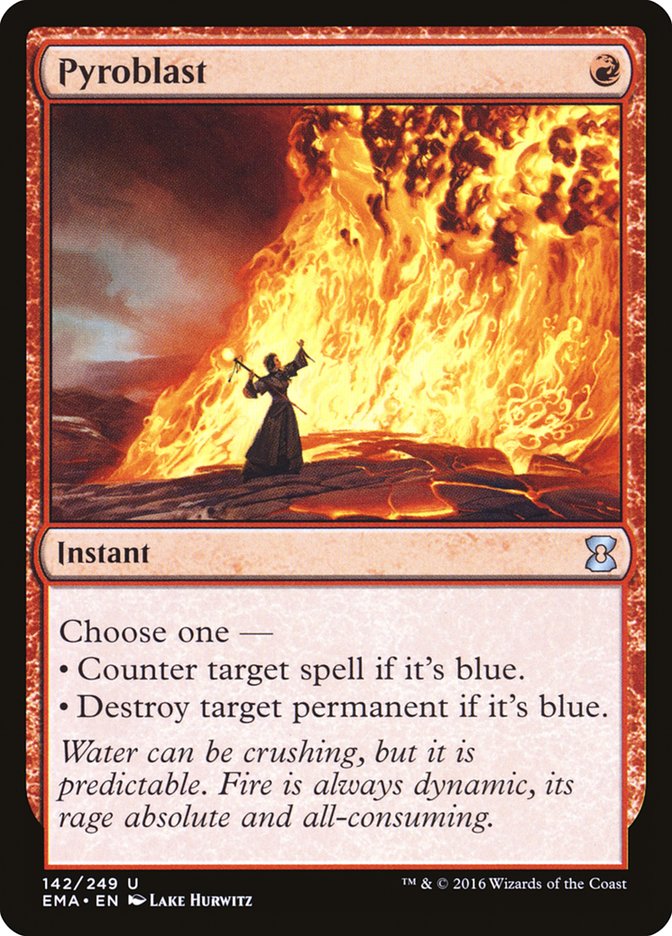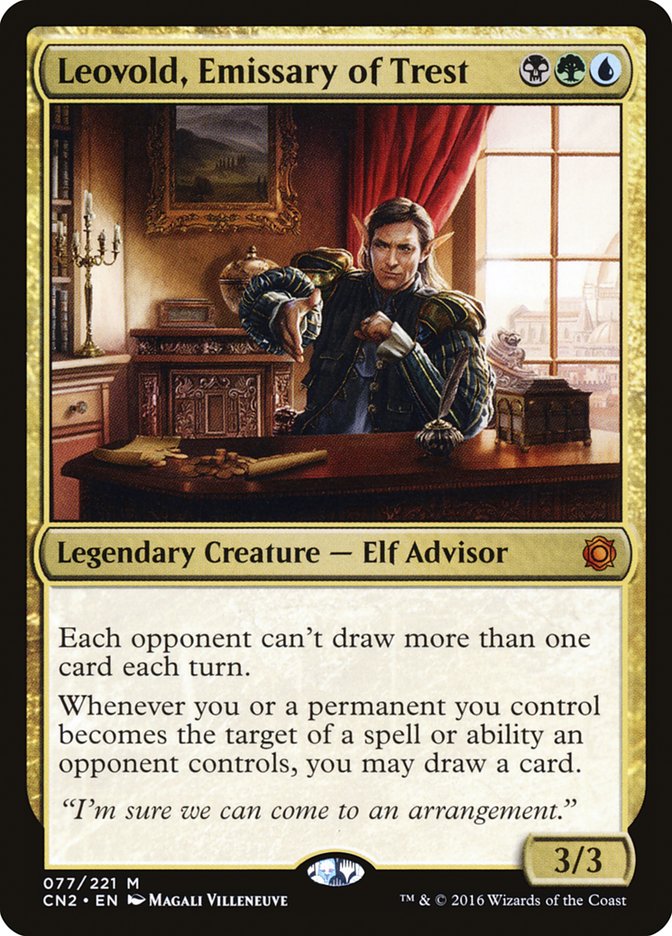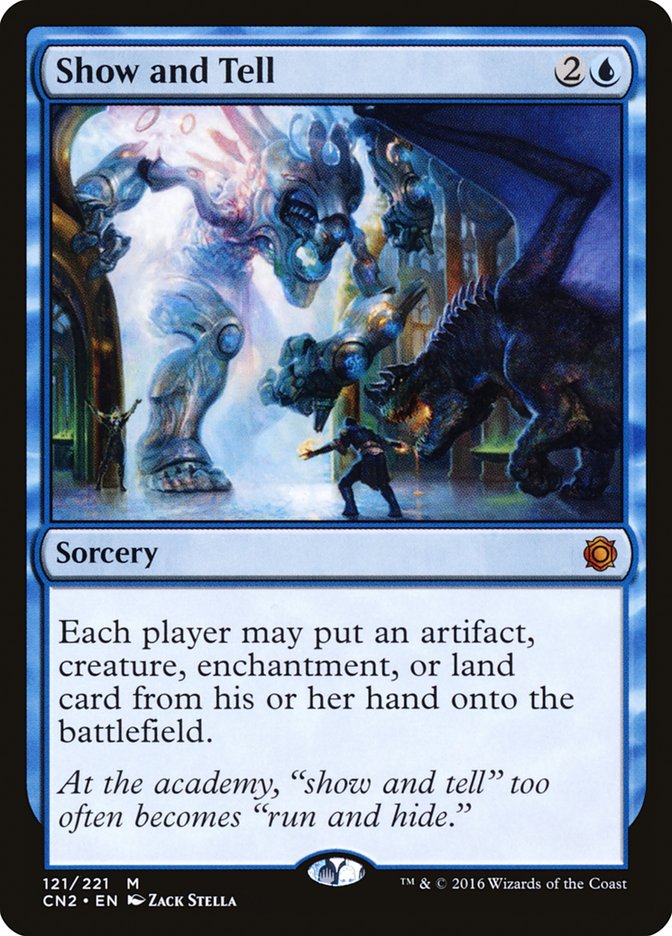Whoever came up with the phrase “good things come to those who wait” clearly never tried to get a great team lined up for a Team Open. Brian Braun-Duin and I decided to leave our fate in the hands of chance. Both of us assumed that our predicament would solve itself as long as we told absolutely no one we were in need of an additional player, made sure to give everyone else adequate time to pair off, and truly believed in the aforementioned life-living motto. We gambled big, and we lost. Now the World Champ and I are left without the proper bodies required for SCG Baltimore, a mistake we plan to learn from but most likely will relive.
I didn’t actually come here to talk about proper team dynamics. Clearly I’m at a loss when it comes to that department. I did, however, want to discuss what three decks my team would have ended up playing if I had anything to say about it. Preparing for SCG Baltimore may seem like it’s just three players getting ready to play three different formats, but there are a few minute nuances worth going over. Sit back, relax, and let someone who’s never done well in a team event show you the way!
The general approach every team should have going into SCG Baltimore is maximizing its teams match win percentage. Yes, I did just say that out loud. Sorry, not sorry. What I mean by this is that your team can afford individual match loses so long as the other two matches end in a victory every round. You don’t need to win all three, and shouldn’t build your decks to do so. Bad matchups happen, but a team event can mitigate against the impact they have. Instead of making all three decks serviceable against their worst matchups, I believe the best approach is to win the good ones at a higher percentage than normal, a “double-down” so to speak.
You’ll get what I mean as we go through each format.
Standard
We kick things off with my specialty. If we were going, this would clearly be my format of choice. I feel comfortable in this format relative to its high level of variance and understand the format’s high level of risk/reward decision making. It’s well known that Standard hasn’t had a critical mass of variety as of late, but what it lacks in deck selection is made up with intricate gameplay.
Creatures (21)
- 2 Catacomb Sifter
- 4 Sylvan Advocate
- 4 Verdurous Gearhulk
- 4 Winding Constrictor
- 3 Rishkar, Peema Renegade
- 4 Walking Ballista
Planeswalkers (3)
Lands (24)
Spells (12)

Creatures (22)
- 4 Thraben Inspector
- 2 Thalia, Heretic Cathar
- 2 Pia Nalaar
- 4 Scrapheap Scrounger
- 4 Toolcraft Exemplar
- 2 Inventor's Apprentice
- 4 Veteran Motorist
Planeswalkers (3)
Lands (23)
Spells (12)

Creatures (7)
Planeswalkers (4)
Lands (26)
Spells (23)

These are your options. You are doing something wrong if you pick something else. I know this isn’t what we want, but it’s what we got. Accepting that is half the battle. All three archetypes have merit in this format. Well, I don’t actually think Saheeli Rai decks are that great, but they do prey on Winding Constrictor strategies fairly well, making them a solid choice. Mardu Vehicles preys on them, and Winding Constrictor beats up on Mardu Vehicles. This trifecta of slightly favorable matchups joins together to create a tri-force incapable of being attacked by the outside metagame. You might think you stand a chance against this “dream team” with your crazy brew, but you don’t. Sorry to burst your bubble. Personally I believe some form of Winding Constrictor deck is going to be the best deck week-in and week-out, but that could easily be a bias. That said, the cards in that shell are incredibly powerful, consistent, and malleable, the perfect trifecta when trying to win events.
Last weekend, I was shown the truth. Going into Grand Prix Pittsburgh, I truly thought B/G Energy was the way to go. I’ve always loved Servant of the Conduit, but I found myself running into too many inconsistencies as the tournament progressed. Instead, we saw Ryan Hare take the whole thing down with Oath of Nissa and Nissa, Voice of Zendikar. Now, I’m still not a believer in the planeswalker herself, but I sure have come around on her pact to serve and protect. Oath of Nissa not only gives the deck some consistency and redundancy, but also is a neat way to turn on Revolt. I gave his deck a spin, and before long came to this list with some help from BBD.
Creatures (25)
- 3 Catacomb Sifter
- 4 Sylvan Advocate
- 3 Tireless Tracker
- 4 Verdurous Gearhulk
- 4 Winding Constrictor
- 3 Rishkar, Peema Renegade
- 4 Walking Ballista
Lands (24)
Spells (11)

I’m in love with Tireless Tracker, and for good reason! Removal is important in this format making cards like Tireless Tracker important to have. You want a surplus of interaction in your deck, play or draw, but at the same time can’t afford to flood out on these effects when your opponents all have planeswalkers, skyships, and cards like Tireless Tracker or Gonti, Lord of Luxury themselves. Sometimes this 3/2 is going to be underwhelming, slow to the party, or just downright bad, but that’s what you sign up for in a format with Verdurous Gearhulk; Gideon, Ally of Zendikar; and Heart of Kiran. You can’t be afraid to play cards with low floors when they also can have high ceilings.
The same reason why you need cards like Tireless Tracker makes Sylvan Advocate good again. Removal pairs well with the slow grind towards six mana. Sometimes it’s not worth “wasting” a removal spell on a “weak” two-drop, but slowly the hourglass drains as Sylvan Advocate gets ready for it adult life. Sometimes your opponent hasn’t drawn a replacement removal spell, and all of a sudden this two-drop is worth much more than that in value on the battlefield. This wasn’t worth it back in the day with Reflector Mage running amok, but the game has now changed. Sylvan Advocate is once again a card.
The sideboard looks similar to the one I used in B/G Energy, and honestly I think it’s correct. Lifecrafter’s Bestiary is just too important in grindy matchups like Sultai Delirium or Jeskai Saheeli. I know I said you can sacrifice bad matchups, but that’s difficult in such a small metagame. The only thing I feel like I’m missing with this list is a third way to interact with Skysovereign, Consul Flagship. It may not be necessary, but is a concern of mine.
Modern
Next up is a format that’s had quite the shakeup as of late. Everyone’s favorite intrusive cantrip Gitaxian Probe has been eliminated from action, alongside the trolliest of Golgari Grave-Trolls. The hole created in their wake has been filled by some of the more powerful Aether Revolt cards that recently hit market. Most of the newest cards to see print have yet to leave their mark, but one in particular has already left quite the lasting impression on the format.
This one-mana removal spell has changed the game. The dust hasn’t settled yet to pinpoint its exact impact, but already things have been shaken up by its presence. So much so that my favorite alter-ego “Bard ‘Jund Guy’ Narson” is no longer. That’s right; he’s been Fatally Pushed out of my psyche! The hole in my heart left by his absence may never get filled, but his inspiration to be as medium as possible will live on for eternity.
Abzan was always worse than Jund, even though the masses tended to disagree. They saw the increased power of the individual cards but rarely understood Jund’s flexibility with efficient mana and removal. Now, thanks to Kaladesh and Aether Revolt, the deck got Blooming Marsh as well as Fatal Push. All of a sudden Abzan can compete with Jund on the only axes that made Jund a superior deck.
Creatures (14)
Planeswalkers (4)
Lands (22)
Spells (20)

I’m in love with Butakov’s Abzan list right now and highly recommend it for anyone wanting to go down a similar path this weekend. Modern’s the format where it’s most difficult to get a deck edge for SCG Baltimore, making me believe a solid midrange strategy is the best course of action. Legacy is the format every successful team is going to want to lean on, followed by Standard, and then finally Modern. You shouldn’t go into the weekend expecting your Modern player to carry the team. If that happens, great, but I wouldn’t be planning for that to be the case. I understand every win is the same and believe this theory can have holes poked in it, but it’s honestly how I want to organize my team. My team just wants as many wins out of this format as it gets losses, and that’s exactly what a deck like Abzan is capable of doing. In all honesty, this deck should win slightly more than that.
Abzan has the tools to play the many different games that Modern can throw at it. Right now there are very powerful yet inconsistent combo decks trying to take over the format. Abzan has the hand disruption needed to fight them. The format also has some of the fastest creature decks ready to end games before they start. Abzan has the removal and roadblocks necessary to shut them down. The deck might not always draw exactly what it needs to win every game, but it does have the tools needed to do it at a high enough percentage necessary to excel at a team event.
Legacy
Brian and I went back and forth trying to theoretically position ourselves correctly for SCG Baltimore on our road trip up to Grand Prix Pittsburgh. Both of us feel comfortable in Standard and have had relatively good success in Legacy. What it came down to was that we both agreed that his mastery of Miracles would serve us better than mine of Sultai Delver. Miracles being the perceived better deck choice in the here and now made it smart for me to play Standard and for us to hope a Modern specialist comes knocking at our doorstep before this Friday.
Being the Miracles plebeian that I am, I asked Brian some questions about the deck. First and foremost, I questioned him about the exact list he would play.
Creatures (6)
Planeswalkers (2)
Lands (21)
Spells (31)

The only major change Brian wanted for the list he used to make the semifinals of Grand Prix Louisville was adding a third Pyroblast to his sideboard to combat the increasing numbers of Leovold, Emissary of Trest midrange decks. Other than that, he has been satisfied with his list and would gladly go into battle with it.
Taking this more journalistic approach for this section, I decided to dig a little deeper into the mind of our current World Champion. When asked what SCG mainstays he would least like to face, only one name came to mind: Noah Walker. This twenty-year-old Legacy specialist is sure to carry a team as far as he can and most likely will cross paths with Brian Braun-Duin and me if we plan on winning the event. His weapon of choice is Grixis Delver, and even though it tends to have a bad matchup against Miracles, Noah has worked hard on always making the best moves in the matchup. Like I said earlier, the format is ruled by specialists, and Noah is one of them.
Outside of specific players, Brian does not want to face either Sultai Delver or Sneak and Show. Both decks are on the short list of bad matchups for Miracles, but even Brian Braun-Duin can beat the odds. Just recently he found himself in a win-and-in situation against a former Player of the Year piloting Sultai Delver. With his back against the wall, Brian got super-lucky and drew exactly what he needed on every turn to crawl back in a game he had no business being in. His opponent, who was much more decorated, talented, and attractive, drew as badly as he could as he watched his chances to make his first Grand Prix Top 8 in almost two years slip away.
Brian, being the jerk he is, didn’t even shake his hand, but instead rubbed it in his face as he paraded around the Feature Match area like the clown he is. After that he stole a child’s candy and didn’t wash his hands after using the restroom.
Okay, maybe objective journalism isn’t my forte.
I hope I was able to get all of my points across today. To reiterate them, Legacy is the most exploitable format, making it the most important to be successful in; there are only three good deck choices in Standard, and we need a third teammate capable of winning matches in Modern. I’m happy with the work I put in today as long as everyone internalizes these facts. Specifically the last one. I take pride in giving you, the people, the best information I have access to while also using my clout for personal gain.
In the end, I just want you to be happy, but for me to still beat you. I hope I was able to accomplish all of these things today.







